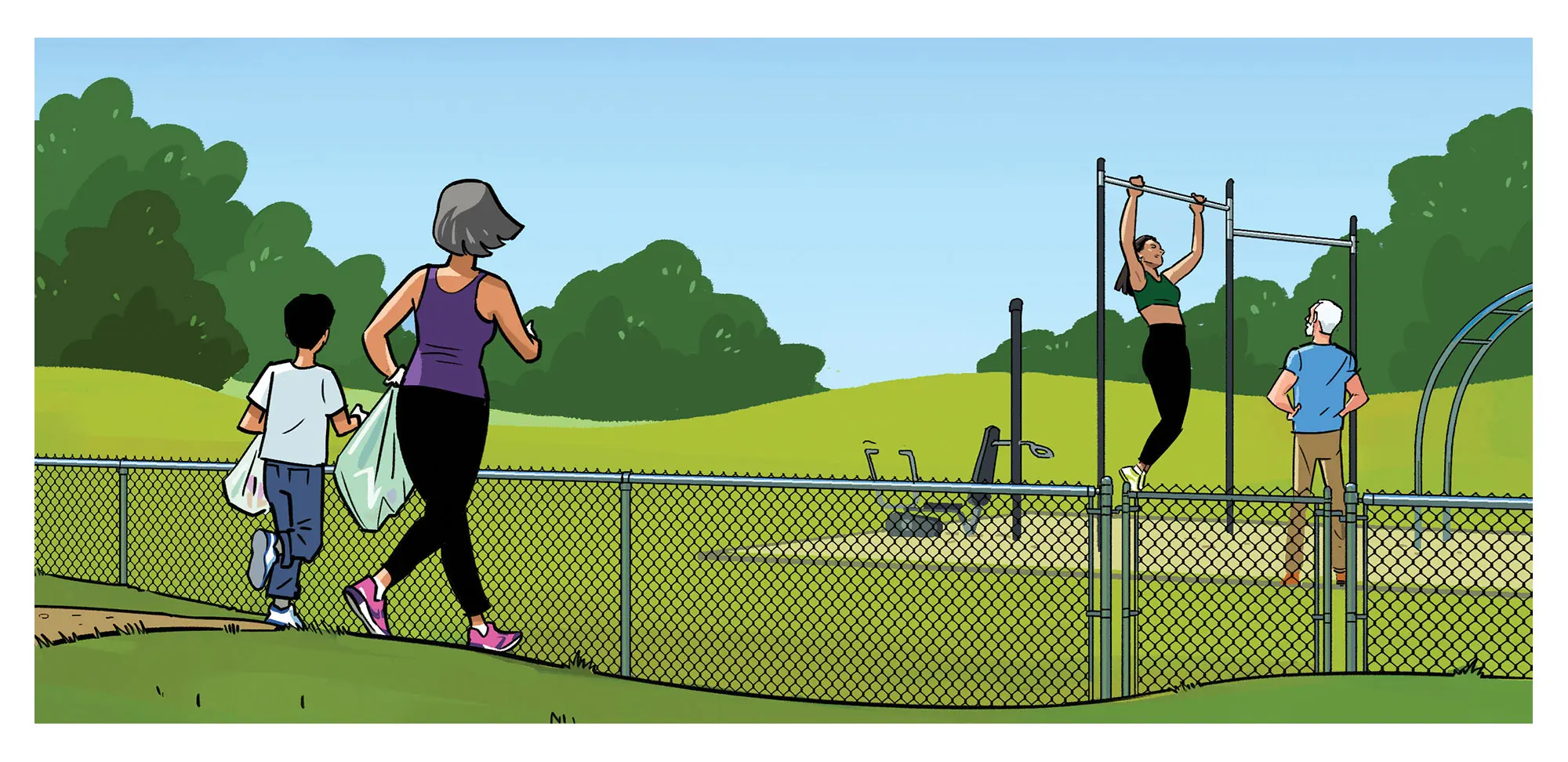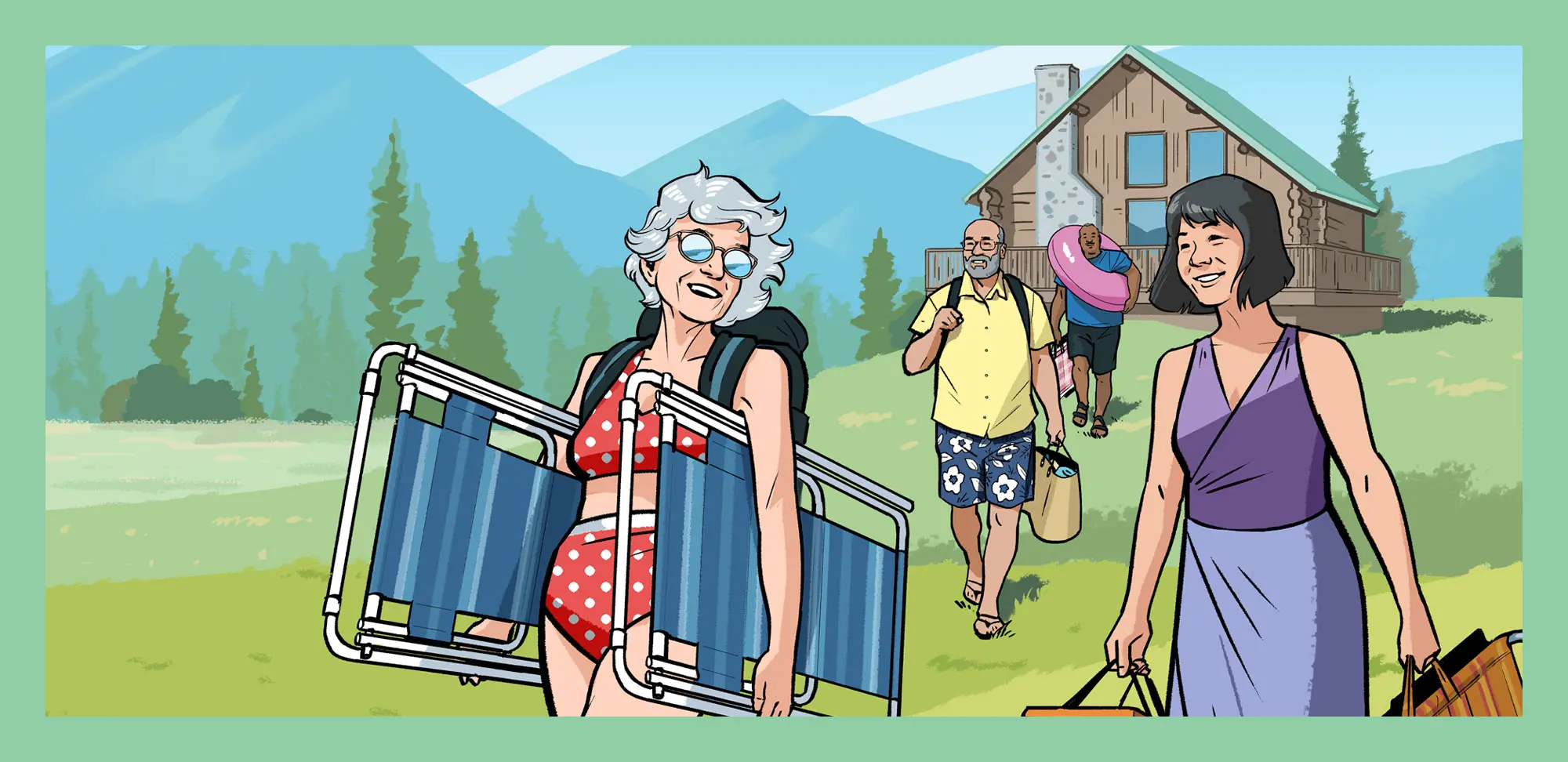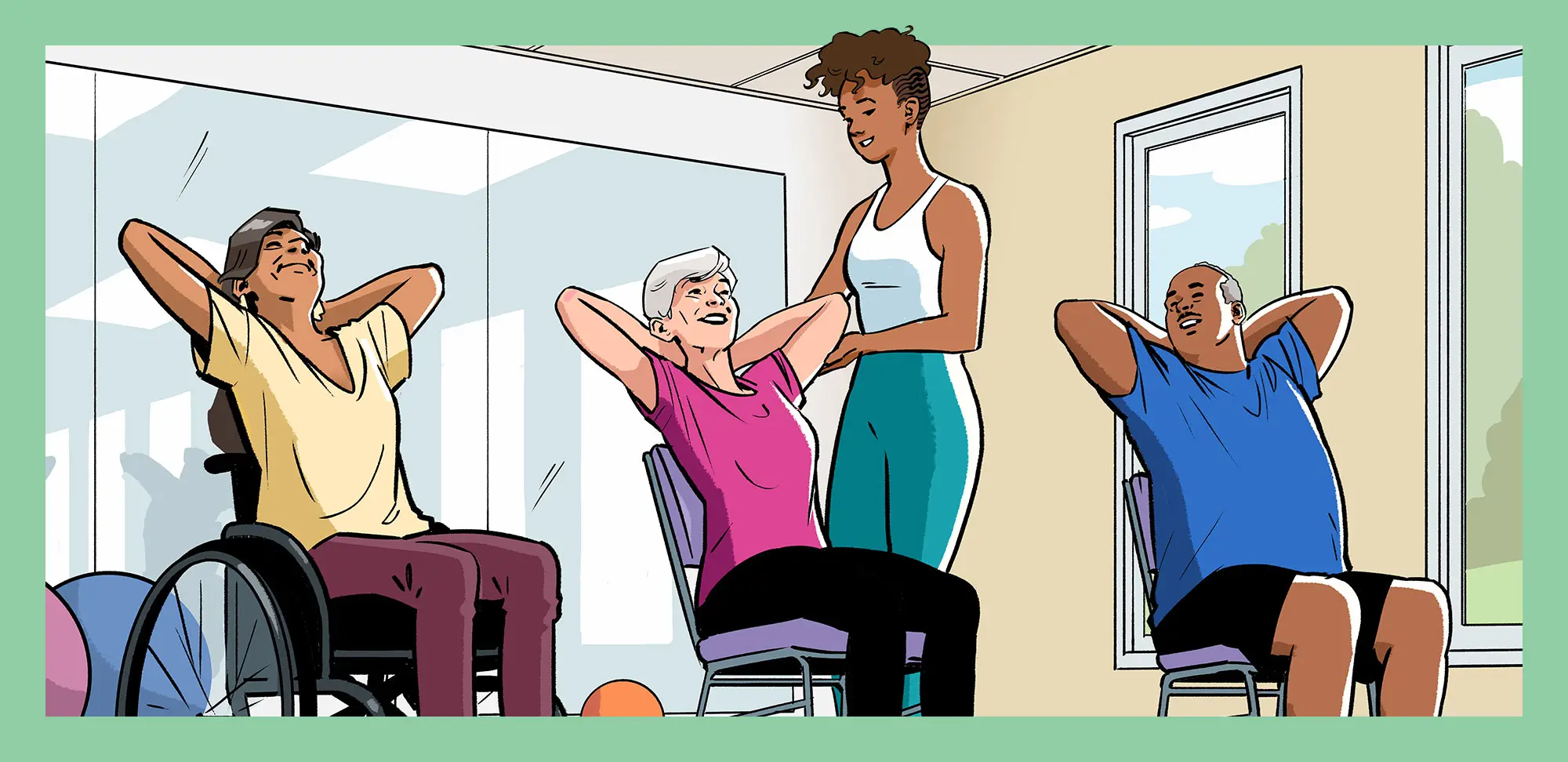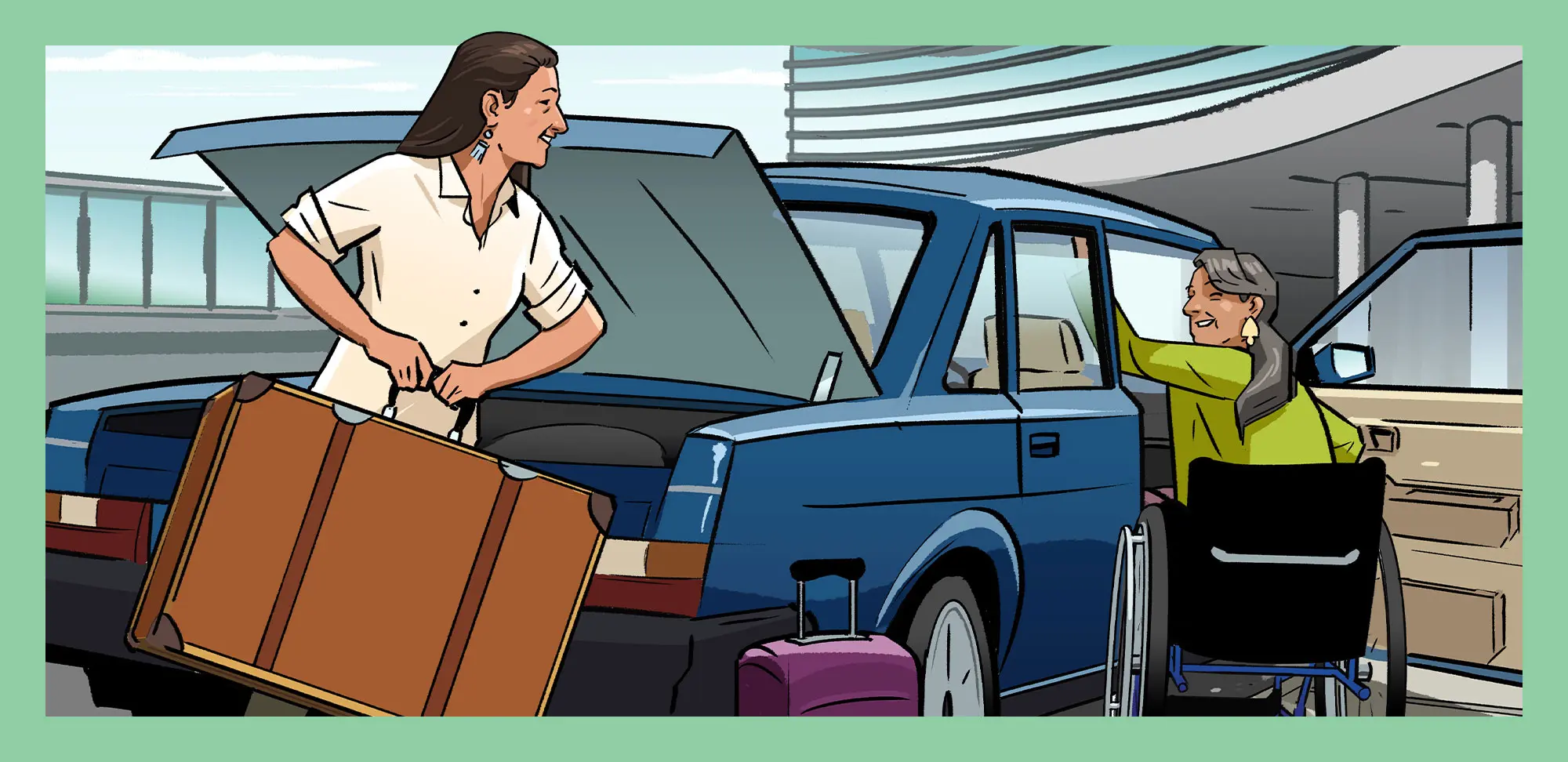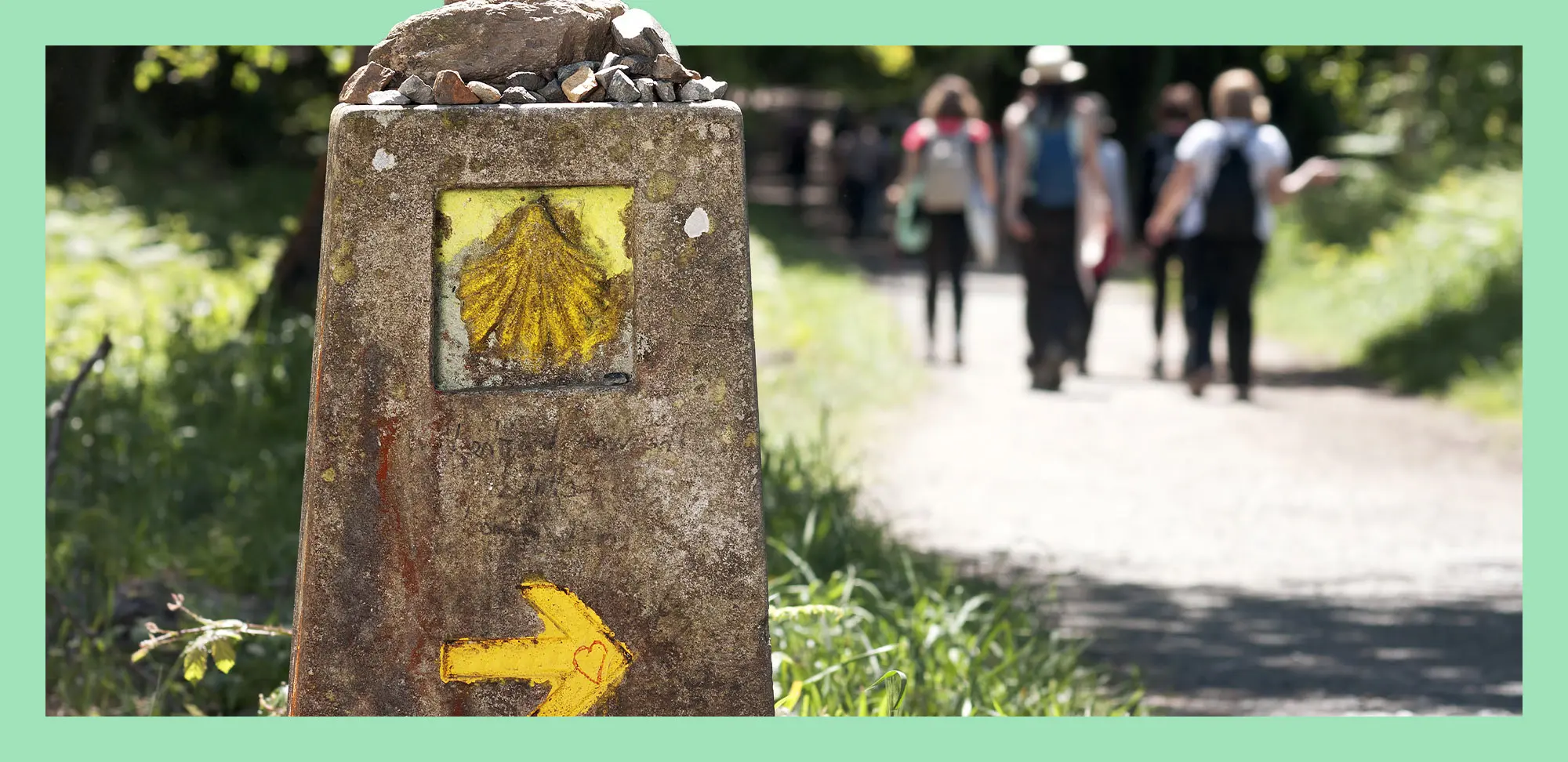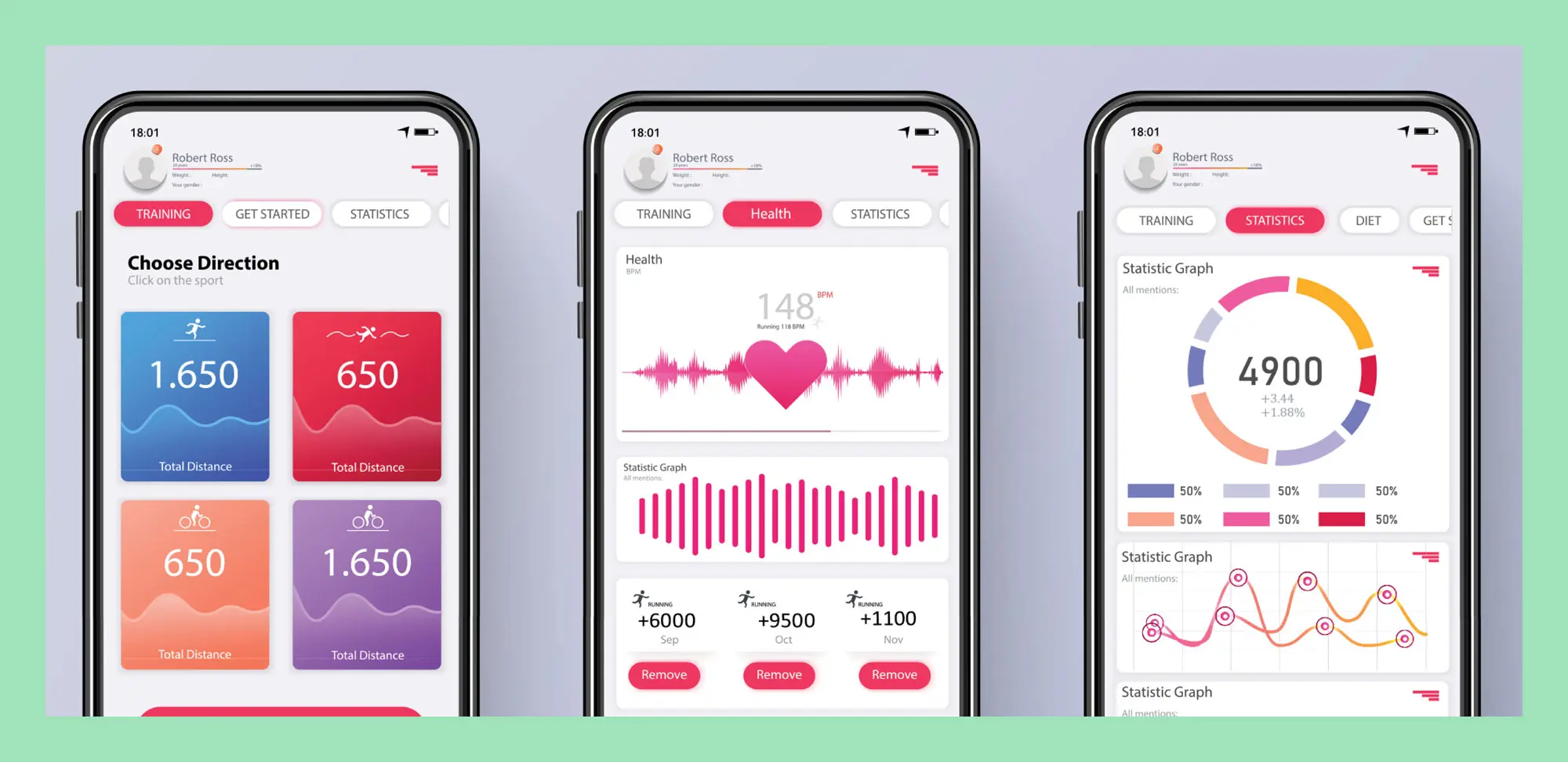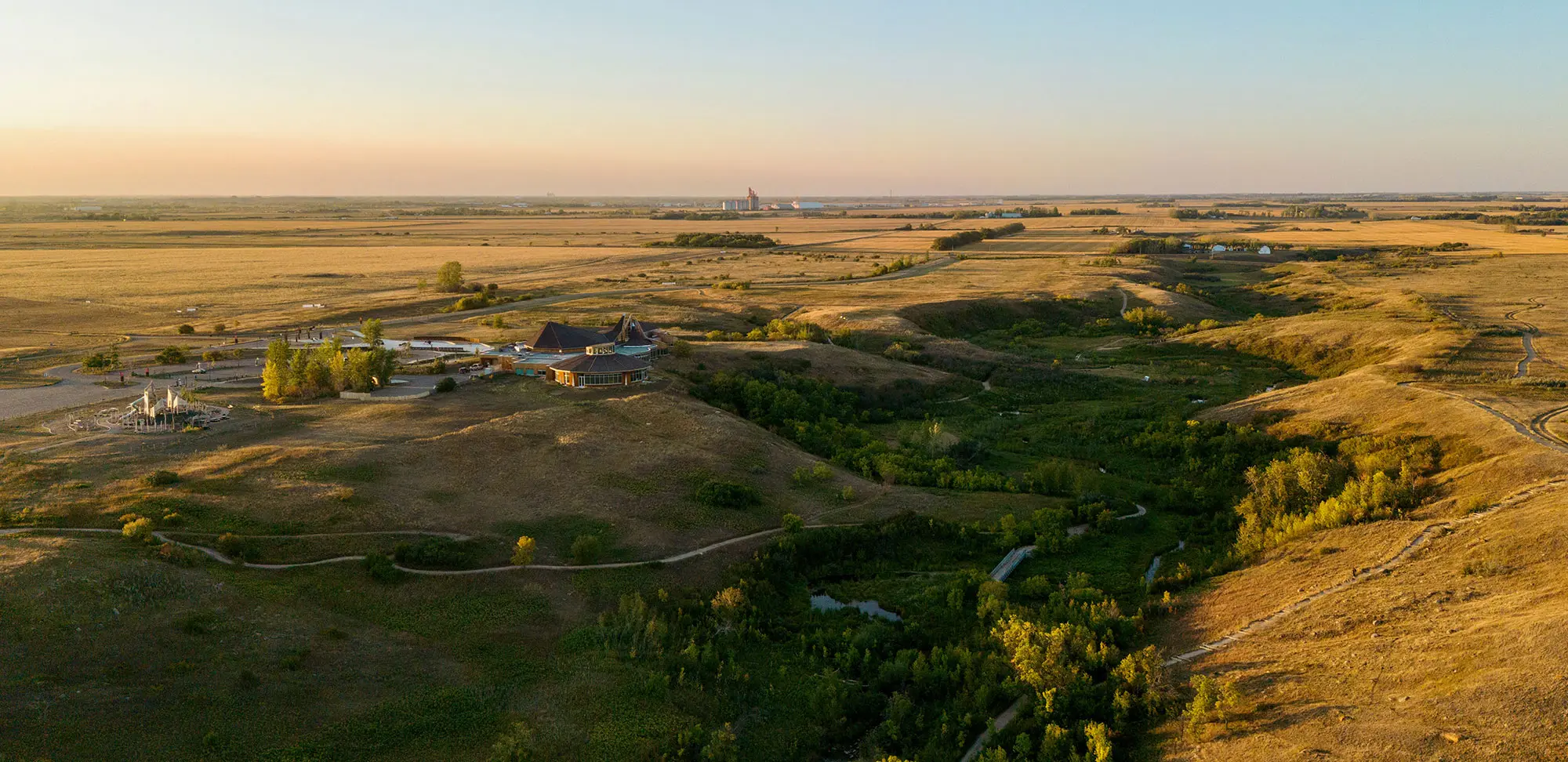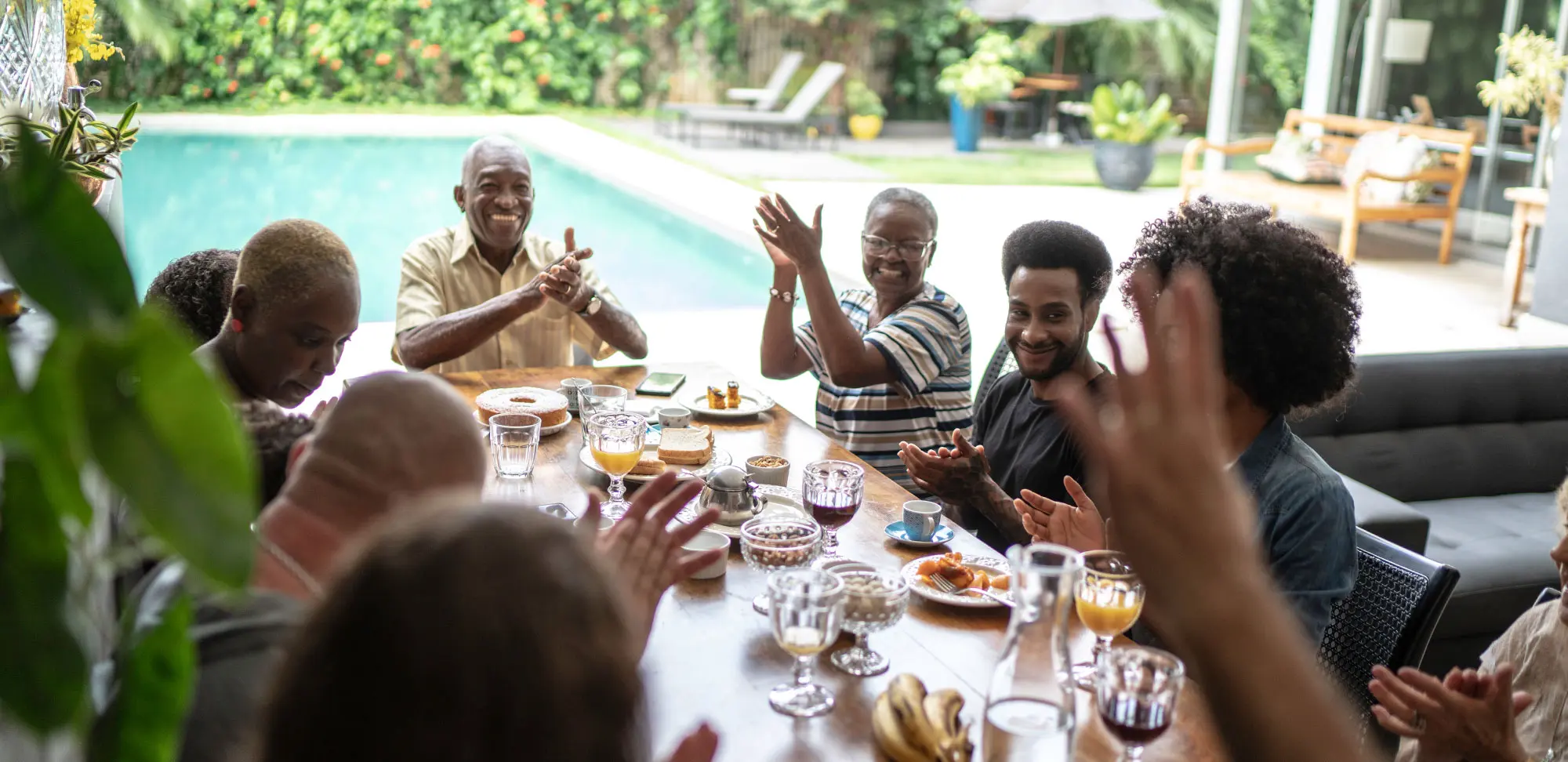Families with kids have known forever that neighbourhood parks are great places to meet up with friends and have fun.
“But there are so many great activity choices for older adults in parks too,” says Trevor Pickett, a professional trainer in Nova Scotia who’s the founder of Offbeat Fitness. And bonus: You can hang out with friends while you’re at it!
Exercise is good for your physical health, says Pickett, and when you do it with friends, there are mental health benefits, too, plus you’re more likely to make exercise a habit. “Any activity that you can make social is one way of finding that entry point to enjoyment,” he says. And as we all know, enjoyment can be key to sticking with it, he adds.
Being outdoors in nature is good for you, too. “Parks are great places to connect with one another and nature for mental and physical health,” says Mash Salehomoum, a Vancouver project manager for Park People, a national non-profit charitable organization that works to advance city parks as essential spaces to connect people to each other and the rest of nature.
Convinced? Here are five ways to get started … and unleash your inner child!
TABLE TENNIS: Municipalities and community groups are increasingly installing permanent table tennis tables made of stone and cement in parks. Table tennis (aka Ping-Pong) players use small rackets to hit the lightweight ball back and forth across a table divided by a net. The ball must bounce once on each side before it is returned. Tables are first-come, first-served, and you need to bring your own paddles and balls. To find a table, google “table tennis near me.” Ping Pong in Vancouver, for example, provides a map of locations.
SWIMMING: More than one-third of the 5,000-plus aquatics facilities throughout Canada are outdoor pools, according to Statistics Canada. Whether you’re doing the crawl, breaststroke or side stroke, swimming lengths is great cardiovascular exercise that uses every muscle group. Contact your municipality about public swim times at outdoor swimming pools — and join others in the pool who love to swim, too. You might even make a fitness buddy.
CHIN-UPS AND MORE: Outdoor equipment maker Trekfit designs and installs strength-training circuits in parks, and “all of us could benefit from some form of resistance training as we age,” says Pickett. Equipment consists of pull-up bars, step benches, monkey bars, balance beams, hurdles and more. Safety information is posted, as well as “easy” and “difficult” descriptions of exercises like squats, chin-ups and step-ups. Here’s a park locator: https://trekfit.ca/en/locator
COURT SPORTS: Tennis is a mainstay at many parks, and now pickleball is becoming popular, too. Pickleball court lines are often added to tennis courts in different colours. Both activities are an energetic way to have fun, get fit and challenge yourself at any skill level. Play is on a first-come, first-served basis with a time allotment of usually 30 minutes. Bring your own rackets and balls. Contact your municipality to find out where public courts are located. Here’s an example in Calgary: https://www.calgary.ca/parks/activities/tennis-courts.html
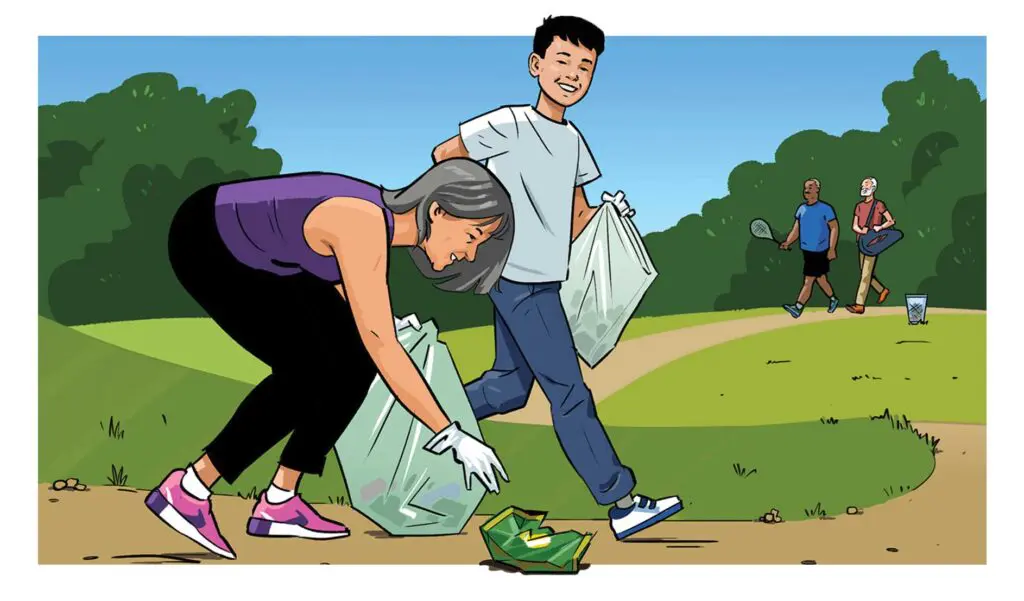
PLOGGING: Combine jogging (or fast walking) with picking up litter for a great way to give back — to yourself and the earth. “Nature has been proven time and again as a benefit to mental health,” says Raechel Wastesicoot, internal and Indigenous communications manager at the Nature Conservancy of Canada. Head to a neighbourhood park or ravine with gloves and a reused bag for the litter — easy peasy. Plog with a fitness buddy or join a walking group such as the seniors’ walking program launched by Park People in Vancouver in March.

Professional trainer
EXERCISE RX
Trevor Pickett, a professional trainer in Nova Scotia, recommends that older adults who have been inactive for a while check in with their doctor before starting a new exercise program. Otherwise, Health Canada recommends 150 minutes of moderate to vigorous cardio exercise per week — for example, half an hour of activity five days a week. (And sessions of 10 minutes or more are fine!)
WARM-UP
Always warm up before you start by moving your body (marching on the spot, for example, or walking around) for three to five minutes at a low intensity; or follow this routine with Pickett: youtube.com/watch?v=b-edgCzkANg.
COOLDOWN
Keep moving your body at a lower intensity than you’ve been exercising at for three to five minutes. For example, go for a walk, says Pickett. Stretching the muscles you used is a good idea, too.
